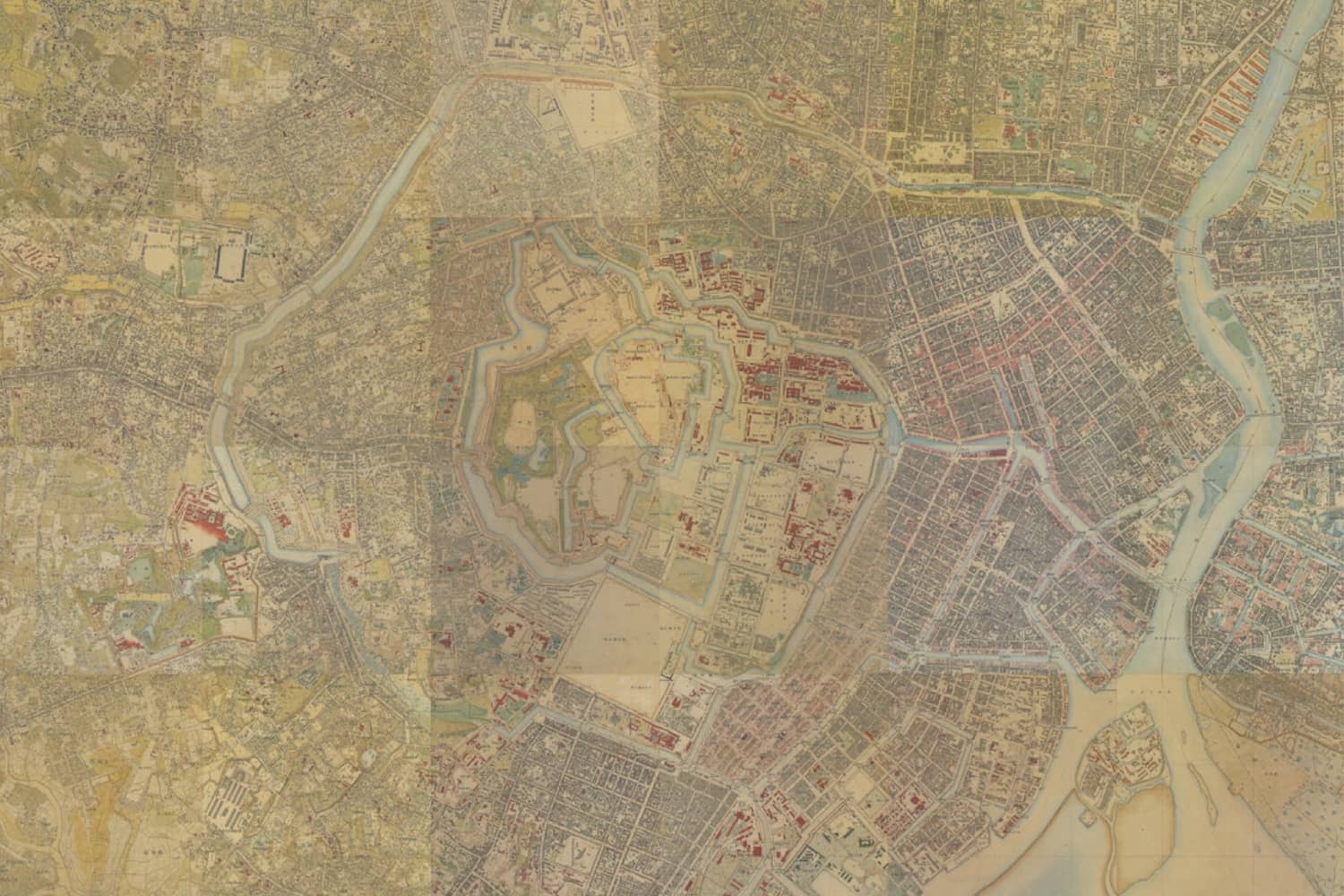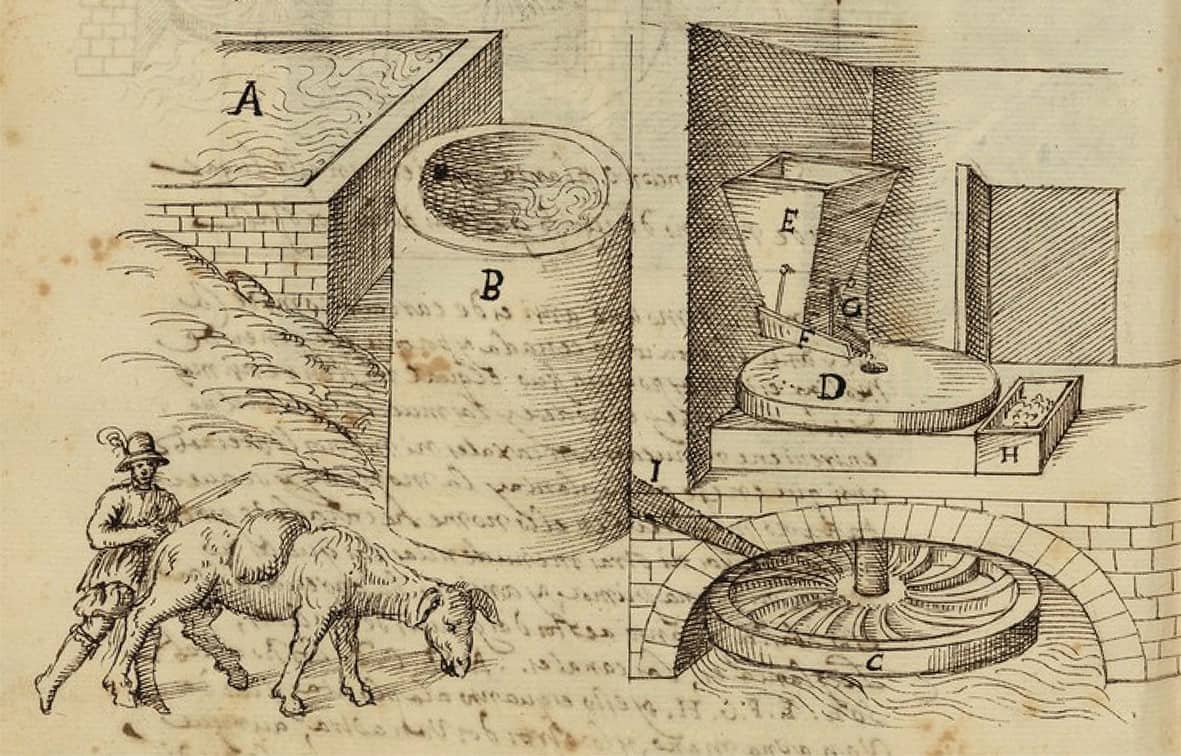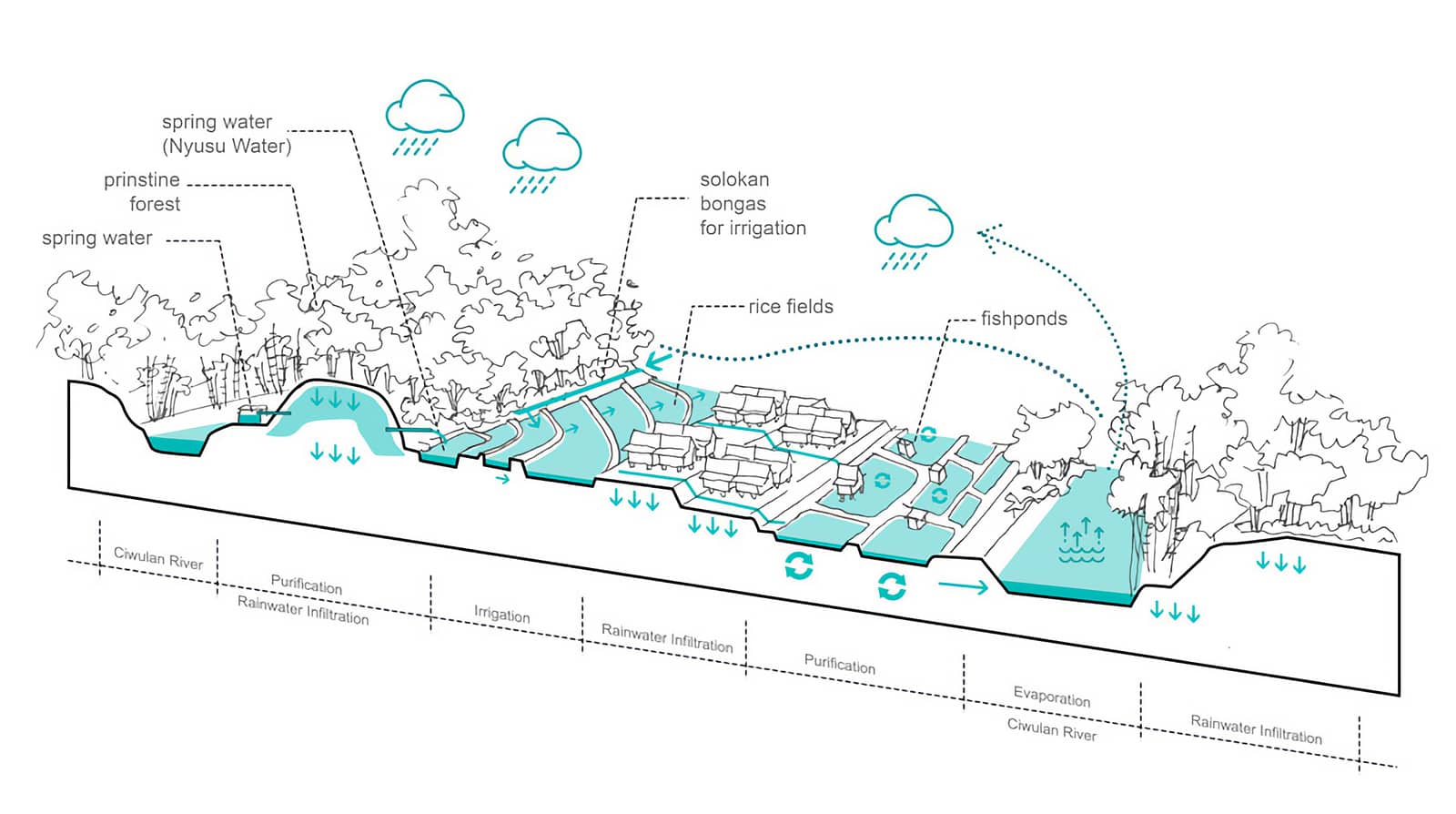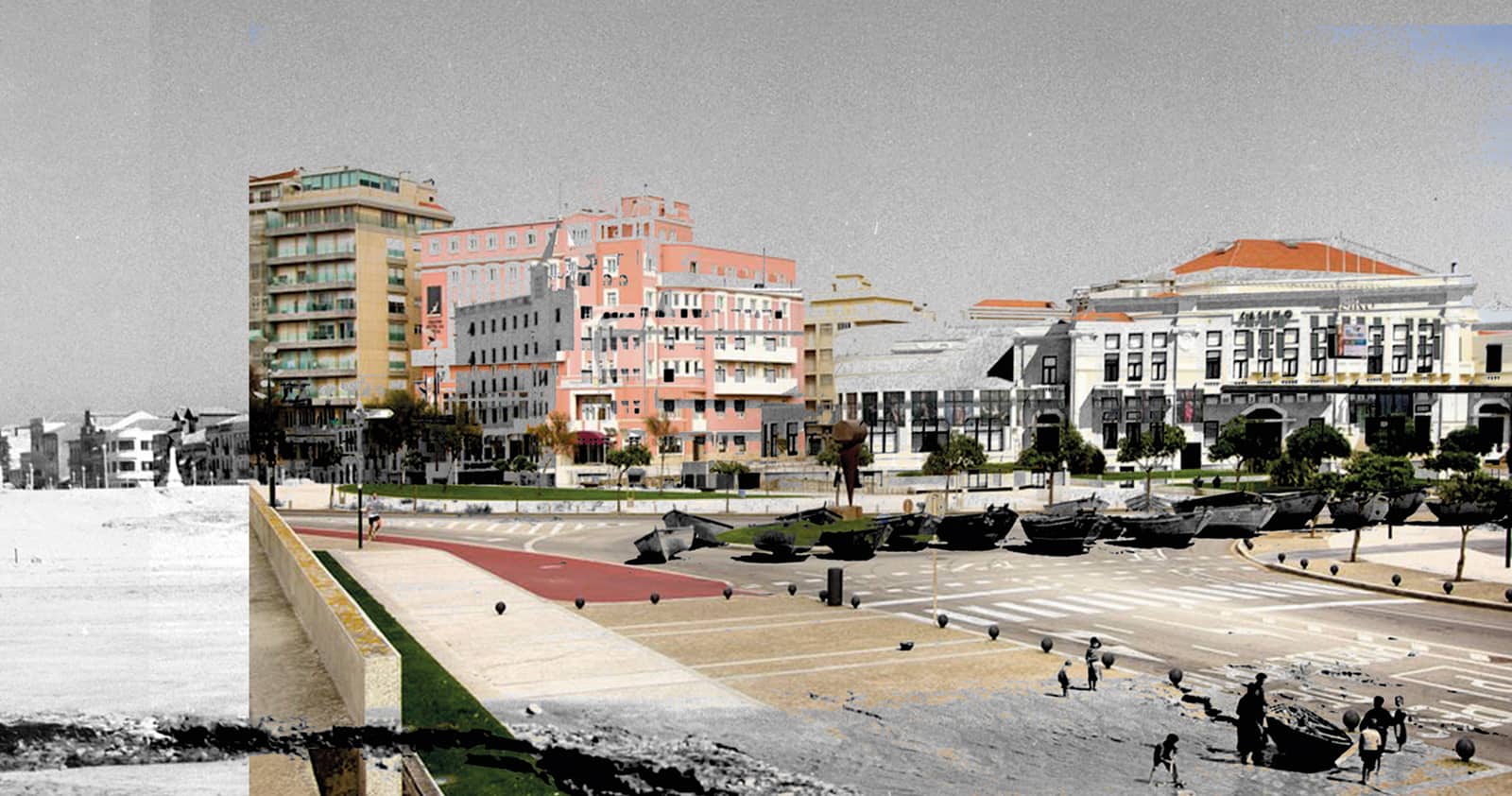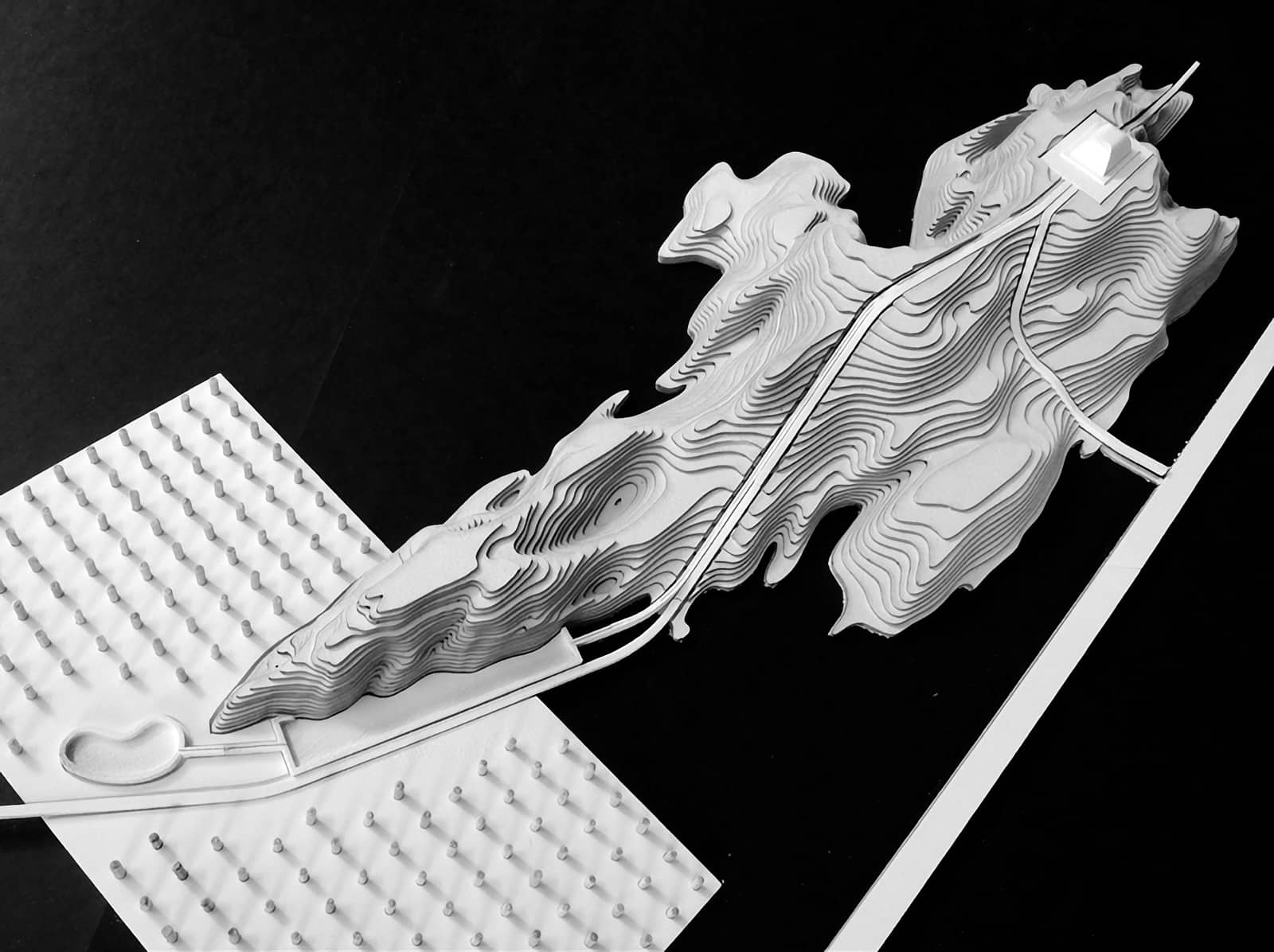
Circular Water Stories
8 articles / 122 pages
ISBN 978-94-6366-357-1
Issue editors
Dr. Ir. Inge Bobbink, TU Delft
Ir. Suzanne Loen, LILA Living Landscapes
Dr. Fransje Hooimeijer, TU Delft
Editorial
-
Professional water managers, due to a rise in population, have taken over authority of the living water systems (circular water system) in which there is a self-evident exchange between the natural system and the (human) water chain. This led to an administrative approach to the water system in many - especially western - countries. Water systems were separated into categories like drinking water, drainage, irrigation, sewage systems, and water safety systems, with centralised management. The bond that traditionally existed between communities and ‘their’ water was literally and...
Articles
-
The supervision of water systems in many countries is centralised and taken over from local water management collectives of ‘water workers’ by governmental or other water management institutions. Communities are literally and figuratively cut-off from ‘their’ water systems, due to the increase of urbanisation and industrialisation. On account of water management, humankind changed from communities of actively engaged water workers into passive users. In so doing, crucial knowledge about how communities created, maintained, and expanded ‘living water systems’, such as rice terraces,...
-
This research aims to reveal the workings of hybrid systems with ornamental garden ponds and functional water systems in historical Japanese garden cities through researching old maps, documents, and measuring canals and garden ponds in three old cities (Edo/ Tokyo, Kanra-Gunma, and Kojirokuji-Nagasaki). As a result, the following things became clear: (1) If more than 50% of canals run through private land, canals are complicatedly divided to reduce quantitative (flood and drought) and qualitative (pollution) risk; (2) Lords of these cities lived at the termination points of the systems...
-
Traditional hydraulic milling was the main productive activity in the Sierra de Cádiz (Andalusia, Spain), as evidenced by the existence of 85 mills spread throughout the region. Although the date of their construction is unknown, the first documentary evidence of their existence appeared in the 16th century. In the 18th century, a more comprehensive account of the set of mills in the Sierra was drawn up thanks to the Ensenada Cadastre. The majority were operational until the mid-20th century, albeit with some difficulties. The disappearance of this handmade trade has led to the...
-
Rapid urbanisation and sprawling growth have become constant hindrances to nature in most developing countries. West Java is the most populated province in Indonesia under rapid urbanisation. In this rural area of the province, however, there is a traditional Sundanese hamlet called Kampung Naga that has succeeded in cohesively cohabiting with nature. This article discusses how the interaction of water, ecology, and anthropo-systems influences the spatial layout of the village, forms its cultural landscape, and shapes people’s social life. In addition to its sustainability, this article...
-
In order to improve their professional activity, fishermen have developed special methods and procedures for organising the space of their maritime territory. This article presents some of these practices, based on the specific case of the fishing community of Póvoa de Varzim, a town on the north coast of Portugal. Over the years, each fishing family has developed mental maps of the “seas”, creating original names to identify certain places and their different characteristics, while simultaneously producing a remarkable intangible heritage. Together with the productive transformations...
-
Qanats have played a vital role in underground water extraction since ancient times based on the community-based water management schemes in Iran. Due to recent urban sprawl and development pressures, qanats are progressively abandoned and degraded in the cities and are considered as endangered assets. To be sustainable, in addition to physical maintenance, the ecological and social aspects of qanat management systems, as the main characteristic of Urban Water Infrastructures in Iran, also need to be taken into account. A review of the traditional participatory management systems in...
-
Oslo Hydropolis is a running landscape and urbanism design studio at the Oslo School of Architecture and Design that investigates how water can play a socially, ecologically, and economically active role in shaping life in the Oslo region. Historically a water-rich area, weather extremes and seasonal abnormalities question the functionality of cultural landscapes in the Oslo region, which is characterised by rain-fed agriculture in the soils of limited valley areas. Excess and scarcity of water—flood and drought—are exacerbated by the uncertainty of climate change, but even more so by...
